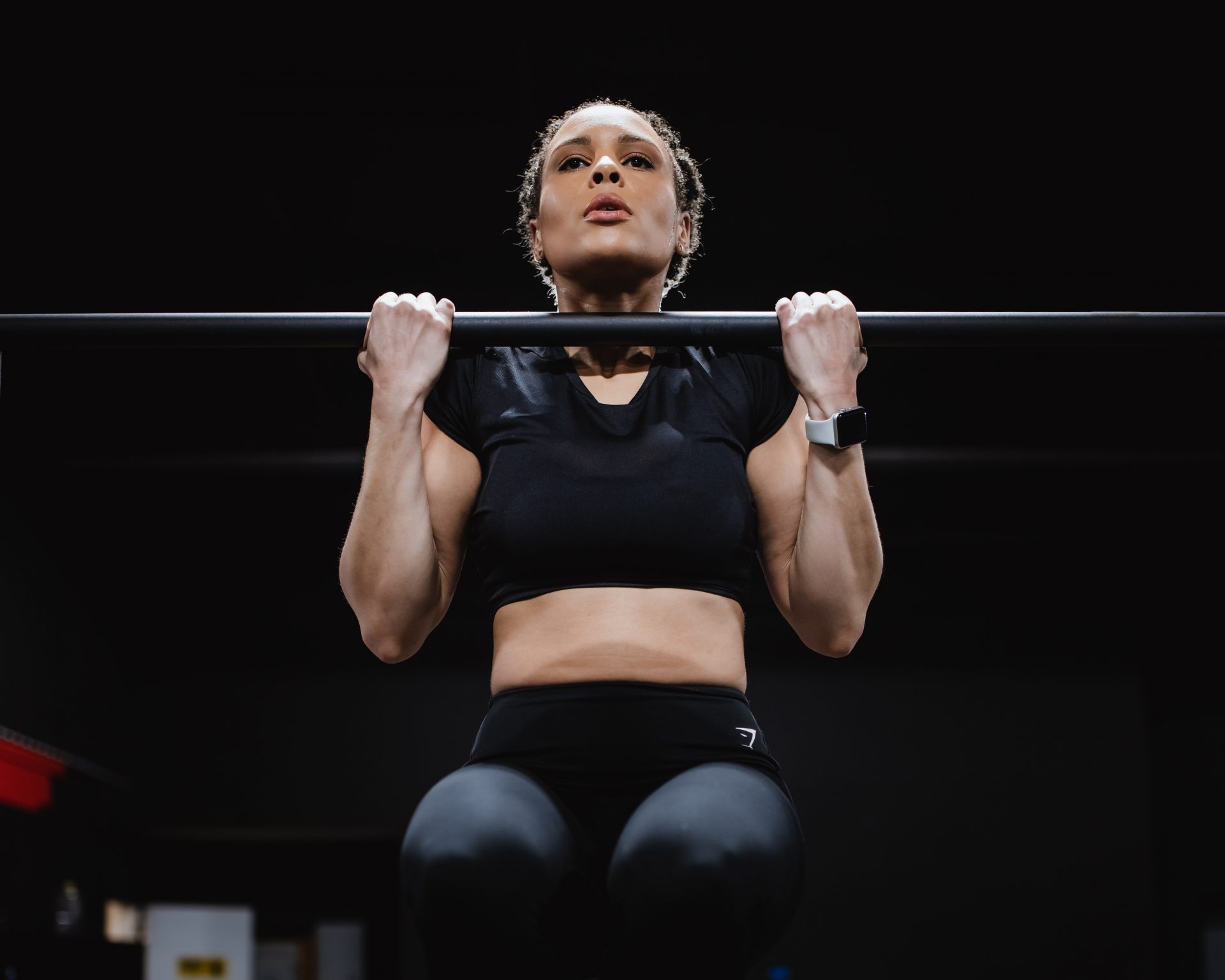Learn the fundamental exercises involved in a push/pull workout split, and try them out in this full-body session.
So you’re back in the gym and don’t know where to start with your training? Learning the fundamental workout moves is a great place to begin, as this teaches you the movement patterns you need to strengthen your entire body. After that, you might want to find a practical way to put your new knowledge together into a workout routine that helps you build functional muscle and strength. That’s where a push/pull split can come in useful.
Some people prefer to do an upper/lower split, training their lower body squat and hinge moves on one day and their upper body push and pull moves on another. But a full-body push/pull split can be really beneficial for those who prefer to do full-body workouts or are just looking for a fresh way to approach their training.
You may also like
Strength training: 5 fundamental moves you should include in your workouts
What are push exercises?
“The pushing muscle groups are your shoulders, chest and triceps, as well as the muscles on the front of your lower body, such as your quads,” explains personal trainer Chiara Lewis from Total Body Studio. “These muscles contract during the concentric stage of the movements, so when the weight is pushed away from you.”
What are pull exercises?
“Pulling exercises work in the opposite way, engaging the muscles during the eccentric phase of the movement – when they are being pulled towards you,” says Chiara. “These work the back and biceps and in the lower body they work the hamstrings and glutes.”
What are the benefits of a push/pull workout?
“I recommend push/pull workouts for optimum recovery between your workouts,” says Chiara. “For strength training, the general rule of thumb is to wait 48 to 72 hours before training a certain muscle group again. When you’re breaking your sessions down into push and pull, you know that you won’t be working the same muscle group too soon.
“I also like push/pull workouts because it takes your workouts back to the basic mechanics of moving, so it’s really simple to follow,” says Chiara.

Push/pull workout for full-body strength
For people who want to train a moderate amount, say four times a week, a push/pull workout can be really beneficial. Rather than doing a leg day, chest day, back day and shoulder day, which only allows you to hit most muscles once a week, you’ll be loading up the muscles more regularly which allows for greater strength gains.
Chiara suggests two workouts that you can rotate twice a week, for example, workout 1 on Monday and Thursday and workout 2 on Tuesday and Friday. This gives ample rest for each muscle group between training, but also mixes up the sessions enough to keep things fresh.
“For me, this is a really dynamic way of training and also gives me the freedom to work on different disciplines,” she says. “On my first workouts, I might focus higher reps to build muscle and endurance, and on the second workout of the week I might add more weight and lower the reps to focus on strength gains.”
You may also like
Strength training: how many sets and reps should you do to get stronger and build muscle?
Upper body push/lower body pull
Chest press, such as a bench press with a barbell, floor press with dumbbells or a press up.
Deadlifts, which could be traditional, Romanian or single leg.
Shoulder press, such as an overhead press, dumbbell press or Arnold press.
Hip thrusts, which could be done with a barbell, B-stance or from the floor as a glute bridge.
Tricep extensions, using a dumbbell or a cable machine.
Upper body pull/lower body push
Pull-ups, using a resistance band, pull-up machine or a lat pull-down.
Squats, such as back squat, goblet squat or split squat.
Rows, including a bent over row, single arm row or renegade row.
Lunges, either forward, reverse or walking with weights for added resistance.
Bicep curls, including hammer curls or cable curls.
Follow @StrongWomenUK on Instagram for the latest workouts, delicious recipes and motivation from your favourite fitness experts.
Images: Getty / Unsplash
Source: Read Full Article
